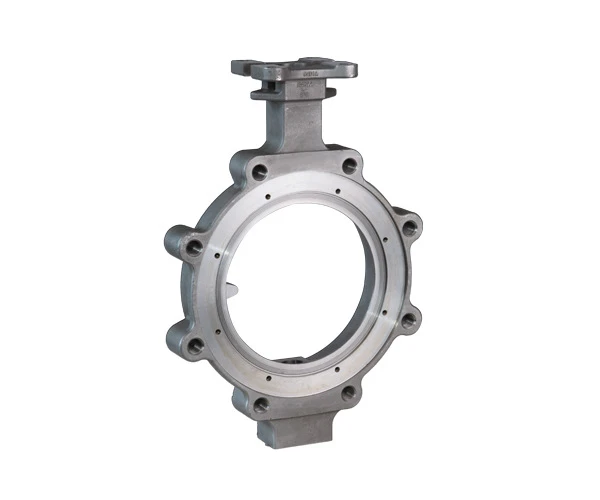cylinder block sand casting
The Process and Importance of Cylinder Block Sand Casting
The manufacturing of engine components, particularly cylinder blocks, plays a crucial role in the automotive and industrial machinery sectors. Among the various methods employed for fabricating these essential parts, sand casting is one of the most prevalent techniques. This article explores the intricacies of cylinder block sand casting, highlighting its process, advantages, and significance in modern manufacturing.
Understanding Sand Casting
Sand casting is a versatile and cost-effective metal casting process used to create complex shapes that would be difficult or expensive to produce through other methods. In this process, a mold is formed out of sand, which is then filled with molten metal to create the desired component. For cylinder blocks, which are typically made from materials like cast iron or aluminum, sand casting offers several advantages.
The Sand Casting Process for Cylinder Blocks
1. Mold Creation The first step in sand casting involves creating a mold. To achieve this, a pattern of the cylinder block is made from metal or plastic. This pattern is then covered with a mixture of sand and a binding agent, such as clay or resin, to form a mold. The sand mixture is compacted around the pattern to retain its shape once the pattern is removed.
2. Pattern Removal After the mold has adequately set, the pattern is extracted, leaving a cavity in the shape of the cylinder block. The care taken during this process ensures that the mold maintains its integrity, preventing defects in the final product.
3. Pouring Molten Metal When the mold is ready, molten metal is poured into the cavity. Gravity takes over, and the liquid metal fills the mold. This step must be conducted with precision to avoid any interruptions that could lead to defects like cold shuts or inclusions.
4. Cooling and Solidification Once the molten metal fills the mold, it is allowed to cool and solidify. The cooling rate influences the mechanical properties of the cylinder block, making this stage crucial for achieving the desired strength and durability.
5. Finishing After the metal has cooled and solidified, the mold is broken away to reveal the rough casting of the cylinder block. It often requires further processing, such as trimming, machining, and surface finishing, to meet specific tolerances and surface quality standards.
cylinder block sand casting

Advantages of Sand Casting
Sand casting offers numerous benefits, making it a preferred choice for manufacturing cylinder blocks
- Cost-Effectiveness The materials used in sand casting, particularly sand, are inexpensive and widely available.
- Flexibility in Design Sand molds can be easily modified to accommodate design changes, providing manufacturers with a flexible production method.
- Capacity for Large Parts Sand casting can produce large and intricate shapes without significant additional costs.
- Well-Suited to High Volumes Although traditionally associated with lower production volume, modern advancements have enhanced sand casting's ability to meet high production demands.
The Significance of Cylinder Block Sand Casting
The cylinder block forms the backbone of an engine, housing critical components such as pistons and crankshafts. Therefore, its quality directly impacts the overall performance, efficiency, and longevity of the engine. Sand casting not only meets these rigorous standards but also allows for innovations in design and materials, pushing the boundaries of engine efficiency and performance.
In conclusion, sand casting plays an indispensable role in the production of cylinder blocks within the automotive and machinery industries. With its unique advantages and ability to produce complex shapes, this technique remains a vital manufacturing process, ensuring that the components meet the demanding requirements of modern engines. As technology evolves, so too will the methods and materials used in sand casting, continuing to impact the future of engineering and manufacturing.
-
OEM Sand Cast Pump Valve Fittings - Baoding Hairun Machinery And Equipment Trading Co., Ltd.NewsJul.31,2025
-
OEM Sand Cast Pump Valve Fittings - Baoding Hairun | Precision Engineering, CustomizableNewsJul.30,2025
-
OEM Sand Cast Pump Valve Fittings - Baoding Hairun Machinery And Equipment Trading Co., Ltd.NewsJul.30,2025
-
OEM Sand Cast Pump Valve Fittings - Baoding Hairun Machinery And Equipment Trading Co., Ltd.NewsJul.30,2025
-
OEM Sand Cast Pump Valve Fittings - Baoding Hairun Machinery|Precision Engineering&Fluid ControlNewsJul.30,2025
-
OEM Sand Cast Pump Valve Fittings - Baoding Hairun Machinery And Equipment Trading Co., Ltd.NewsJul.30,2025















